Signs Your Dog Is Eating Too Fast

Have you ever watched your furry friend inhale their meal in seconds? While a hearty appetite is great, eating too quickly can be problematic. Here are some telltale signs that your pup might be scarfing down their food too fast:
- Gulping food without chewing
- Coughing or gagging during meals
- Regurgitating shortly after eating
- Making loud, slurping noises
- Noticeable bloating after meals
- Showing discomfort or restlessness post-eating
Spotting these dog eating too fast symptoms is crucial for your pet's health. Rapid eating not only impacts digestion but can lead to more serious issues like bloat, especially in larger breeds. By recognizing these signs early, you can take steps to slow down your dog's eating pace, promoting better digestion and overall health.
Why Do Dogs Eat So Fast?
Now that you can identify the signs, you might be wondering, "Why does my dog eat so fast?" This common behavior can stem from various factors, including:
- Instincts from their wild ancestors
- Past experiences of food scarcity
- Anxiety or stress in their environment
- Underlying medical conditions
- Lack of mental stimulation or boredom
- Competition with other pets
- Highly palatable food
Understanding the root cause of your dog's speedy eating is key to addressing the behavior. By identifying these underlying reasons, you can implement strategies to slow down your pet's eating pace, ensuring they enjoy their meals more and digest their food better for improved health.
Dangers of Eating Too Fast for Dogs
While a good appetite is generally positive, those dog eating too fast symptoms we discussed earlier can lead to serious health concerns. These risks include:
- Choking hazards and potential aspiration
- Digestive discomfort and upset
- Gastric Dilatation-Volvulus (GDV or bloat), especially in large breeds
- Nutrient absorption issues
- Increased likelihood of obesity
- Potential behavioral problems
Recognizing these dangers highlights the importance of addressing rapid eating habits in dogs. The science behind slow feeding shows that by implementing strategies to slow down your pet's food consumption, you can significantly reduce these health risks, promote better digestion, and enhance your furry friend's overall well-being.
How to Slow Down a Dog's Eating
If you've noticed your four-legged friend wolfing down their meals, it's time to explore ways to slow down dog eating. While several methods exist, puzzle feeders stand out as the most effective solution to help dogs eat slower, enjoy their meals more, and digest food better for improved health.
Puzzle Feeders: The Ultimate Solution
Puzzle feeders are interactive toys that dispense food gradually as your dog engages with them. They offer numerous benefits that address the core issues of fast eating:
- Dramatically slow down eating pace
- Provide mental stimulation, preventing boredom
- Encourage natural foraging behaviors
- Transform mealtime into an enjoyable, engaging activity
- Enhance digestion by promoting slower eating
- Reduce the risk of bloat and other fast-eating related issues
Puzzle feeders come in various designs, from simple treat-dispensing balls to more complex puzzle boards. They're suitable for both dry kibble and wet food, making them versatile for all types of diets and ensuring your dog can benefit regardless of their food preference.
Puzzle feeders are essential for dogs – they slow down eating, but also provide mental stimulation and make mealtime more enjoyable!
 Plus, you can customize them to gradually train your dog to eat slower, and to keep meals exciting! Try our sniffle mat, broken wave mat, or licking mat for extra fun.
Plus, you can customize them to gradually train your dog to eat slower, and to keep meals exciting! Try our sniffle mat, broken wave mat, or licking mat for extra fun.Other Effective Methods
While puzzle feeders offer the most comprehensive solution, here are some additional strategies to consider that can complement or serve as alternatives:
- Slow feeder bowls with raised patterns or maze-like designs
- Snuffle mats to encourage natural foraging
- Hand feeding for controlled pacing and bonding
- Food scattering to simulate "hunting" behavior
- Frozen meals in Kong toys for extended eating time
Remember, patience is key when introducing new feeding methods. Always supervise your pet during mealtimes and consult with your veterinarian if you have concerns about your dog's eating habits or overall health.
Best Slow Feeder Bowls for Dogs
Puzzle feeders are the most effective solution for slowing down eating, promoting better digestion, and providing mental stimulation.
Puzzle feeders work like traditional slow feeder bowls, but are more fun & customizable. These slow dog bowls are also:
- Eco-friendly, harmful chemical-free
- Dishwasher safe
- customizable with various accessories


Embracing Healthier Eating Habits for Your Dog
Every dog is unique, so it may take some trial and error to find the perfect solution. Be patient and consistent in your approach. Whether you choose a puzzle feeder for its comprehensive benefits or start with another type of slow feeder, like a Licking Mat, the key is to make mealtime a positive, engaging experience for your dog.
Puzzle feeders protect your dog from the dangers of eating too fast, such as bloating and other digestive issues. By taking these steps, you're showing your love and commitment to your pet's health!


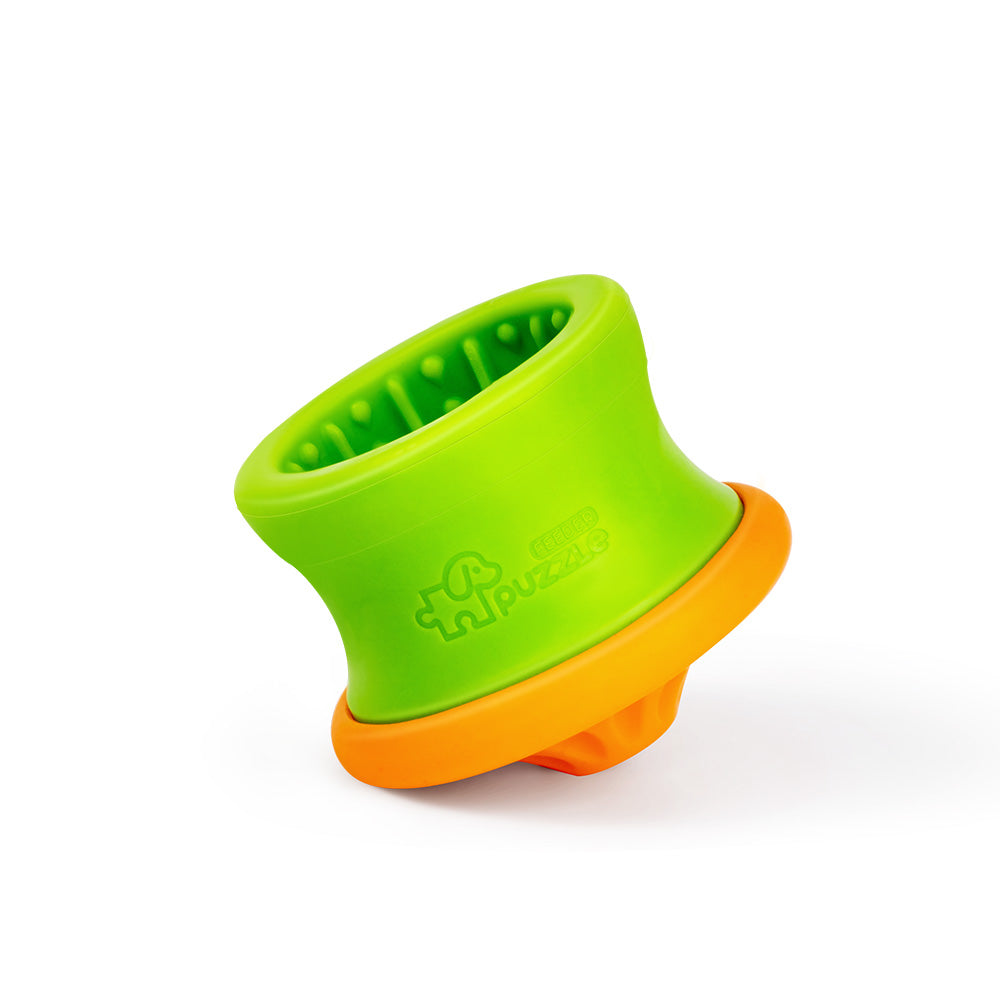
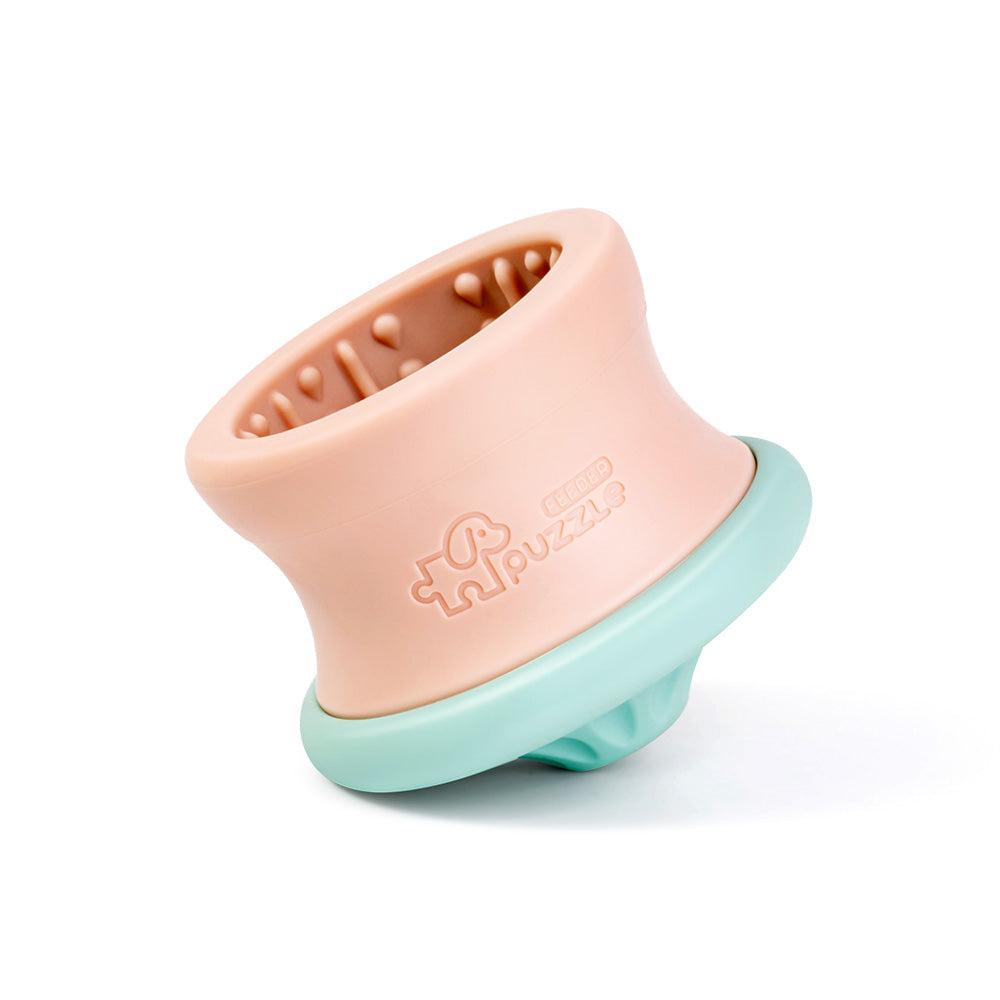
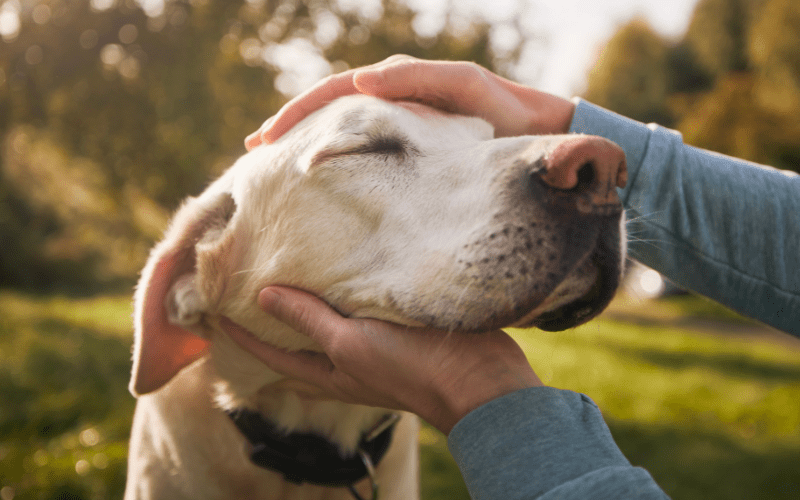

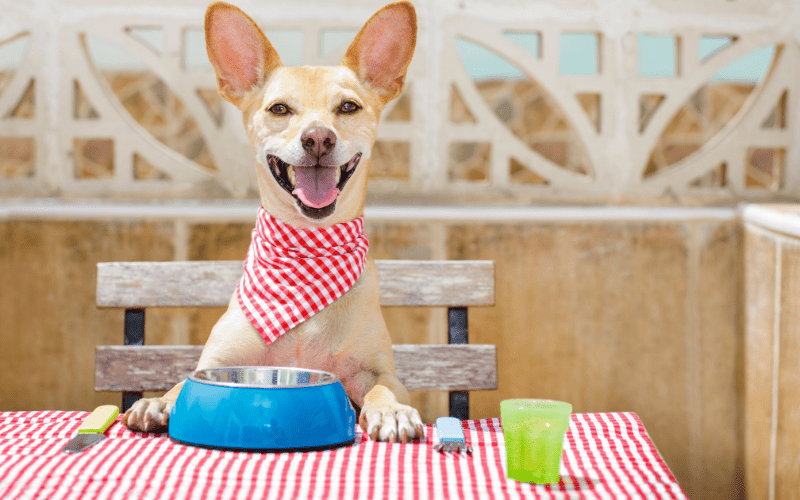
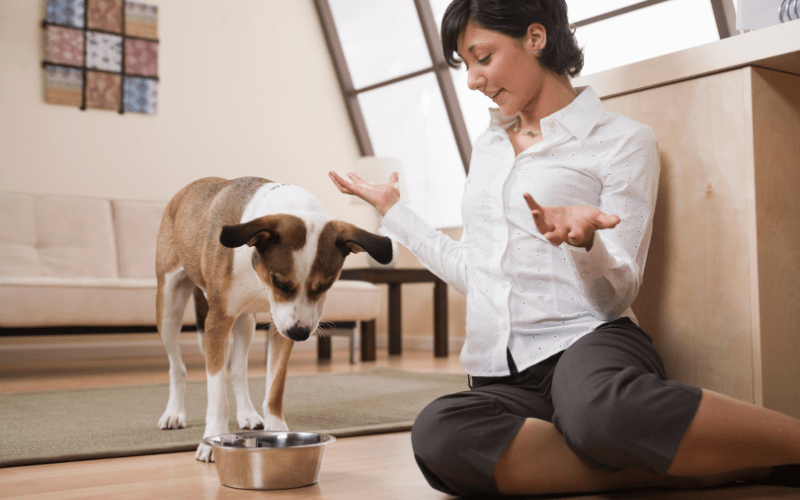
Hinterlasse einen Kommentar
Alle Kommentare werden vor der Veröffentlichung geprüft.
Diese Website ist durch hCaptcha geschützt und es gelten die allgemeinen Geschäftsbedingungen und Datenschutzbestimmungen von hCaptcha.